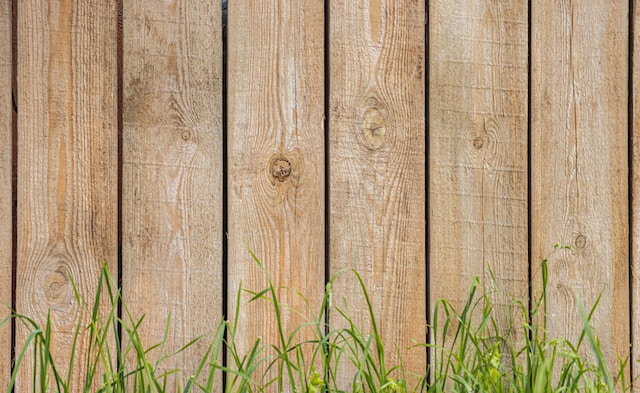Choosing the right type of wood for your wooden fence is an important decision. It can affect the durability, appearance, and cost of your fence.
The type of wooden fence Lake County, IL, you choose will depend on your budget and local weather conditions. For instance, cypress is suitable for wet climates and contains natural chemicals that deter insects. However, it is often shipped a long distance, making it a costly choice.
Cost
Many factors determine the cost of a wooden fence. The type of wood you choose is one of them. For example, pine is less expensive and could be a good choice if you don’t live in a wet climate. Cedar is a mid-priced option and can last up to 30 years. It has natural oils that deter insects and rot. It can be painted or stained to preserve its beauty and boost its lifespan. Cedar comes in two subvarieties — red cedar and white cedar. The red variety is more striking, while the white version has a lighter color and doesn’t give off a scent as the red variety does.
Cypress and redwood are more expensive than other woods but durable and will last for decades. They also resist rot, insects, and moisture better than other softer woods.
Durability
When choosing a wood species for your fence, durability is one of the most important factors. A sturdier and longer-lasting wood will prevent problems like rot, mildew, and termite infestation. It’s also wise to invest more in higher-quality wood if you plan to live in your home for a long period.
Local weather is another factor that can affect the lifespan of your wooden fence. For example, if your region experiences heavy rainfall, you’ll need a type of water-resistant wood. Redwood, cedar, and cypress are all good options for wet climates.
Cedar wood is a popular choice for fencing because of its natural beauty, durability, and rot and insect resistance. It can be treated with a clear stain to preserve its color and enhance its lifespan. Staining will also help protect the wood from sun damage and keep it looking great over the years.
Appearance
Choosing the right type of wood for your fence may seem like a complicated task, but there are several factors to consider that will help narrow your options. One important factor to consider is your local climate, as certain types of wood are better suited for wetter or drier climates.
For example, cypress and cedar are great fencing choices because they contain natural chemicals that deter insects and are naturally rot-resistant. However, these species are typically grown in the southern United States and must be shipped long distances, which makes them more expensive than other common fencing materials.
Pine is another affordable option, but it must be pressure-treated before fencing is used. This process involves forcing chemical gases into the wood under high pressure, which helps it resist rot, pests, and other weather-related damage. Cedarwood is a popular choice for homeowners who want a more aromatic and attractive fencing material that doesn’t need additional chemical treatments. However, this type of wood will turn gray as it ages and can leave a strong scent behind.
Maintenance
A good quality type of wood suitable for your local climate will last longer and require fewer repairs. This can save money in the long run if you plan on staying at your home for decades.
Redwood is expensive but extremely durable, making it a popular choice for wooden fences. It is also a beautiful natural color and can elevate the look of your home. However, it is important to consider that this type of wood is a threatened species, so you should know where your redwood comes from.
Cedar is a mid-priced option that looks great with a natural stain. It repels insects and is resistant to rain, snow, and sun. Spruce and pine are cheaper but are less durable and may require more maintenance. These woods must be regularly washed with a power washer to remove dirt, moss, and mildew. Then, they can be re-stained to maintain their appearance.

